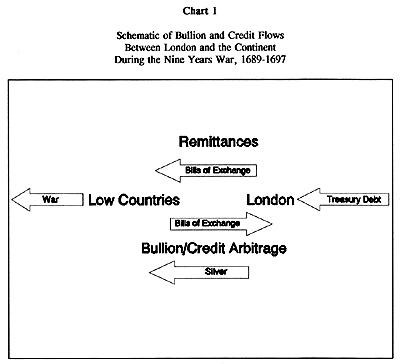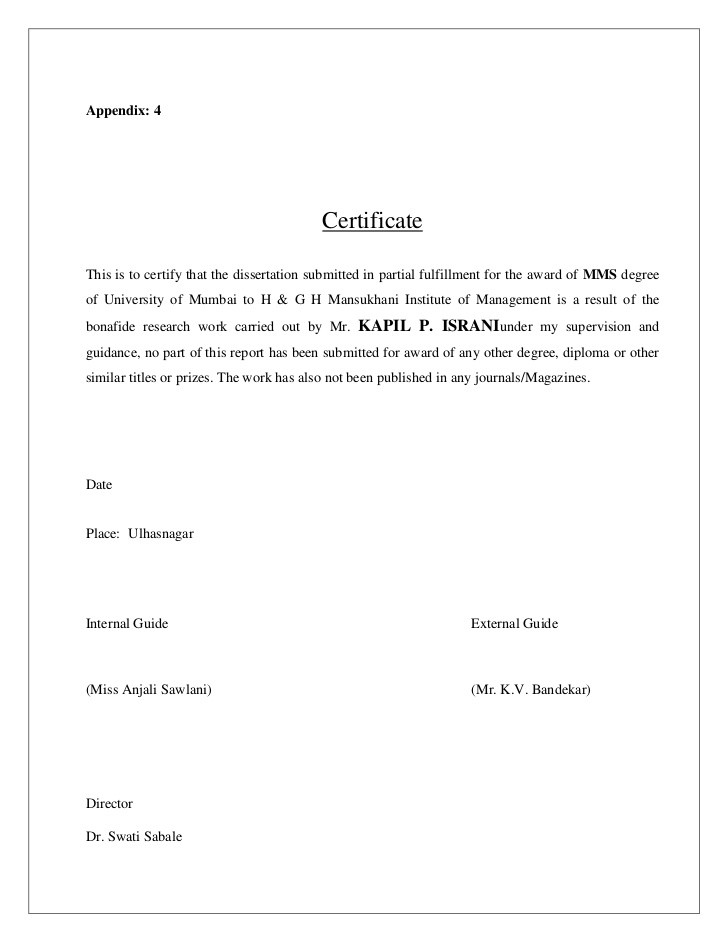Banker s Acceptance in financing international trade
Post on: 15 Апрель, 2015 No Comment

FINANCING FOREIGN SALES
The Export Usance Letter of Credit
An exporter in the United States can offer terms to an overseas buyer through
the usance (time) letter of credit mechanism. An export letter of credit may call
for the beneficiarys drafts to be drawn at a certain number of days after sight
or after the bill of lading date. Typically, the drafts are drawn on the exporters
bank. Once the buyers bank has accepted the documents under the letter of
credit as a conforming drawing, the accepted draft becomes a bankers
acceptance.
The advantages of the usance (time) letter of credit are:
The exporter can give the foreign buyer the option of financing its trade
cycle at the bankers acceptance rate in the United States.
For buyers in developing countries, the bankers acceptance rate is usually
a much better rate than they can access in their own country.
The exporters credit risk is the U.S. bank or foreign bank on which the draft
is drawn as an irrevocable undertaking to pay the exporter at maturity.
In many cases, the exporter can finance the foreign sale at a better rate
under the usance letter of credit than under its own bank line of credit based
on Prime.
The exporter can extend financing terms without using its own line of credit.
For example, a Mexican company, Alfa Industries, opens a $500,000 time
letter of credit with its bank, MexiBank, in favor of the beneficiary in the United
States, Beta Corp. The time letter of credit calls for the draft to be drawn on
Bank of America at 90 days after the bill of lading date. Since the draft is
drawn on Bank of America, they are taking the credit risk of MexiBank. Thus, it
is important for the exporter to check with Bank of America before the letter of
credit is issued to determine if Bank of America has sufficient availability
under its credit limit to MexiBank to accept this transaction. (An alternative to
having the draft drawn on Bank of America is to have the draft drawn on
Mexibank. The exporter thus upgrades the credit risk from that of his buyer to
that of the buyers bank. But, Bank of America no longer has credit exposure
to MexiBank under this alternative and payment will not be coming from Bank
of America.)
The goods are shipped on April 14. Alfa Industries presents the documents
required by the letter of credit to Bank of America on April 20, accompanied
by a 90-day draft maturing on July 13. Bank of America examines the
documents; finds two discrepancies, and sends the documents to
MexiBank in Mexico by courier. On April 24 MexiBank notifies Bank of America
by an authenticated SWIFT transmission that the buyer has waived the
discrepancies, enabling MexiBank to give Alfa Industries the title documents
and obligating MexiBank to pay Bank of America on July 13. This discrepancy
waiver in turn enables Bank of America to stamp the draft drawn on it as
accepted, thereby creating a bankers acceptance.
Once the bankers acceptance has been created, the exporter has two
choices:
1) Wait until July 13 to get the $500,000, knowing that its credit risk is now
that of Bank of America. If this option is picked, Beta Corp. will be charged a
per annum commission of 1.5% ($833.33) representing Bank of America’s
price for accepting the Mexican bank’s risk for 80 days.
2) On April 24, discount the draft with Bank of America at the bankers
acceptance discount rate of 6.4% plus the commission of 1.5%. In this
example, Beta Corp. would be discounting the bankers acceptance for the

time period of 80 days left until maturity at a rate of 7.9% based on a year of
360 days, giving a total discount of $8,777.76. Beta Corp. will receive the net
proceeds of $491,222.24.
A significant advantage to Beta Corp. is that it can finance this foreign
receivable at a cheaper rate than under its bank line of credit, priced at one
percent over Prime (9.5%). In this example, Beta Corp. is saving 2% and does
not have to utilize its own bank line to finance the export sale.
The Mexican buyer could not receive such advantageous pricing from
MexiBank based on its credit rating. If it were financing this transaction with
MexiBank under its Peso denominated line of credit, it would be paying 16% to
18%. However, Alfa Corp. does have the commission costs of opening the
letter of credit as well as the 25% cash margin requirement required by
MexiBank for credit and foreign exchange reasons.
Bankers Acceptance Discount Rates
These rates vary with the amount and tenor; the larger the amount and the
smaller the number of days, the less the rate will be. Bankers acceptance
rates are quoted in the third section of the Wall Street Journal under Money
Rates for periods of 30, 60, 90 and 180 days. These quoted rates are for
million dollar transactions and represent the best rates. Since the bankers
acceptance discount rate is approximately equal to the banks cost of funds;
the all-in discount rate includes the commission, which covers the credit risk
and operational overhead assumed by the U.S. bank. The U.S. bank can, in
turn, re-discount or sell these bankers’ acceptances to investors in the money
markets, thereby providing a liquid source of funding for the bank.
Bankers Acceptance Rules
The rules for bankers acceptances are established by the Federal Reserve














